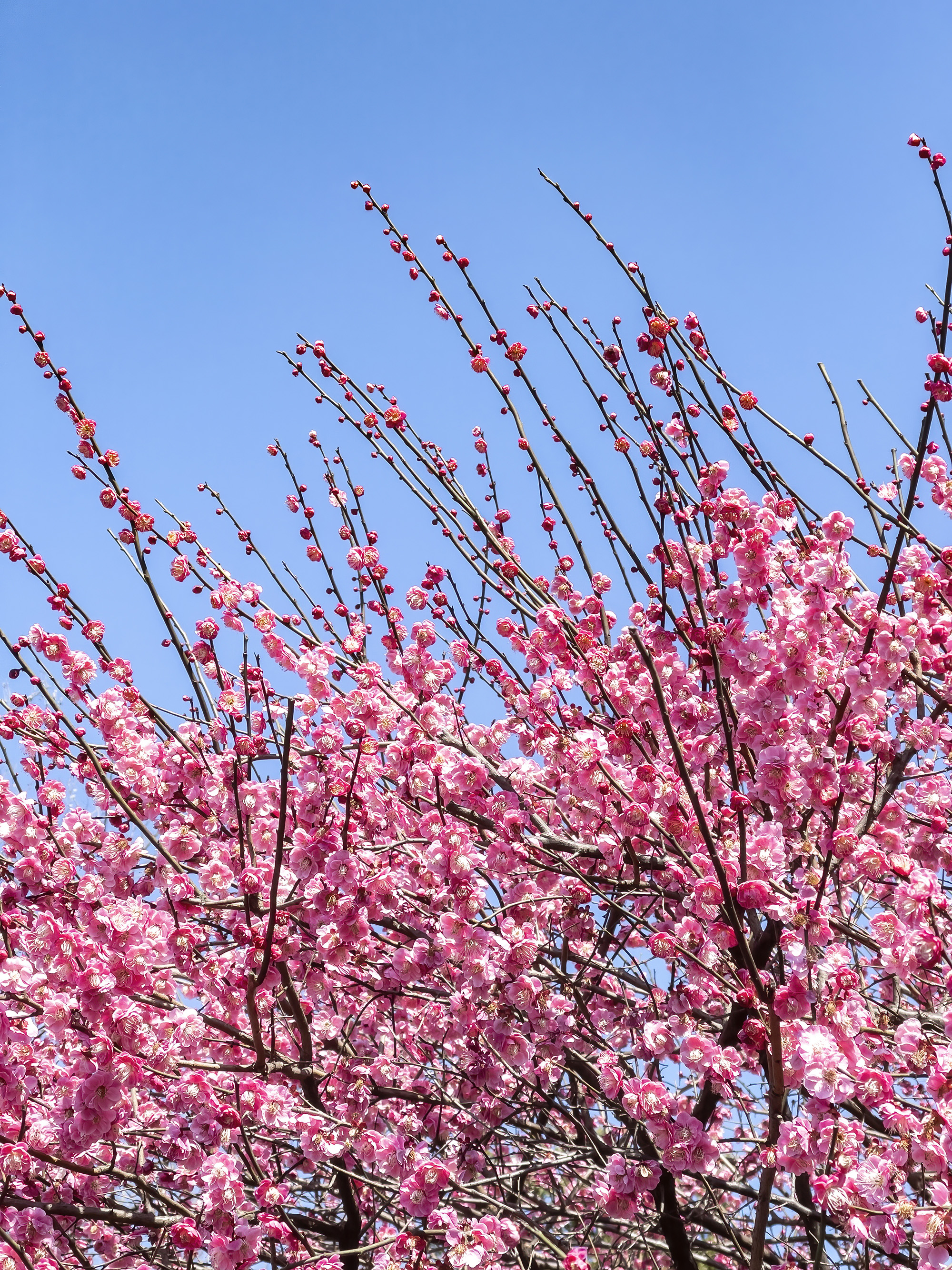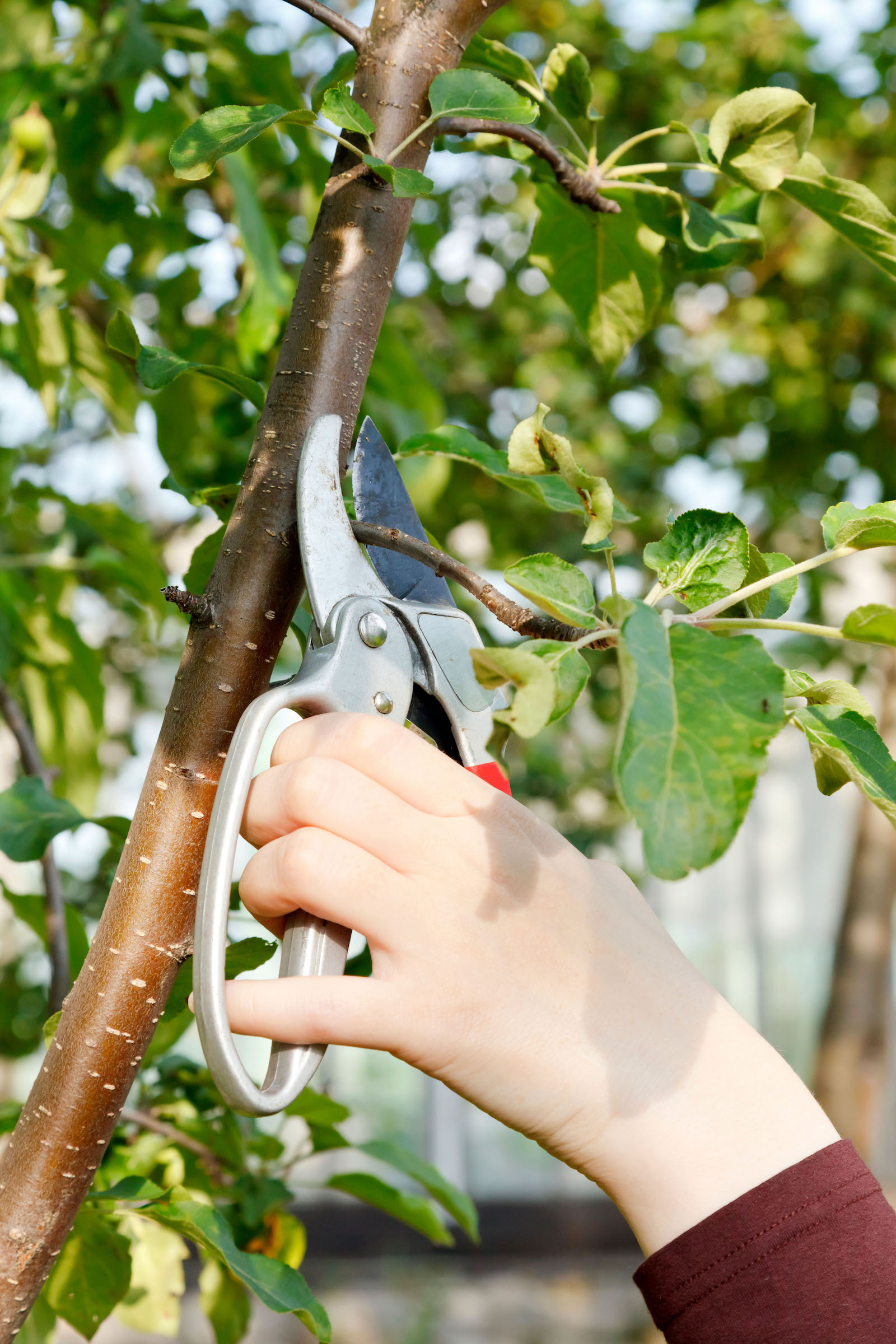When to prune plum trees – for a healthy plant and great harvest
Know when to prune plum trees and enjoy this homegrown fruit in your own backyard

Emma Bailey

Plum trees are relatively easy to care for and benefit more from a thoughtful trim than a full crop when it comes to pruning. However, planning when to prune any plum tree in your garden is crucial, as the tree will respond best when it’s in a period of growth. The age of the tree will also make a difference to how and when you prune.
Pruning is just one factor; you'll also need to know how to plant plum trees to fully enjoy the benefits of this fruitful tree in your garden. Add a plum tree to your list of the best fast-growing flowering trees and make it a part of the landscape of your backyard.
When to prune plum trees: get your timing right
Once you’ve factored in when to plant plum trees, and how to plant plum trees for the best results, you can turn your attention to when to prune plum trees for their upkeep and health.
Renowned gardener Monty Don has a number of plum trees in his garden at Longmeadow, and confesses ‘other than planting, I hardly tend them in any way at all’.
However, pruning is one plum care chore that he doesn’t skimp on. ‘Pruning is the one area where you need to treat plums right,’ says the author of Monty Don Gardening at Longmeadow. ‘The first simple rule is, if in any doubt, do not prune at all. Leaving any kind of plum unpruned will not do much, if any, harm. Pruning one at the wrong time of year, on the other hand, can certainly cause problems and even kill it.’
Why you should prune plum trees

While plum trees do not need excessive pruning, removing branches when needed is a vital part of the care and maintenance of a healthy tree.
‘It’s important to prune plum trees properly in order to encourage tree health and increase the yield of fruit,’ explains Mark Hewett, pruning expert at garden tools brand WOLF-Garten, which makes a specific tree care range. ‘If not carefully pruned, branches can break under the weight of the fruit, and can become more susceptible to disease and pest infestations.’
Design expertise in your inbox – from inspiring decorating ideas and beautiful celebrity homes to practical gardening advice and shopping round-ups.
Silverleaf is a common prune tree problem and pruning at the correct time can help to reduce risk of this occurring.
When to prune plum trees

Summertime, when plum trees are strong and rich in resources is the best time for pruning as the trees are able to recover quickly. In spring and early summer, the trees resources are devoted to growth, so it is less resilient to disease. In fall and early winter, the tree’s dry and oxygen-rich wood make it an ideal host for fungi.
‘Like all stone fruits, plum trees should only be pruned in their growing season, namely from April to August,’ says Monty Don. ‘If you prune outside this period you risk exposing the plant to infection by silverleaf and bacterial canker, both of which can be serious.’
The exact time to prune will depend upon the age of the tree. ‘It’s best to prune young plums in early spring, before what is known as bud break, as this will protect from the possibility of infection by silverleaf disease,’ explains Mark Hewett. ‘Established trees, however, are best pruned in midsummer.’
If you want to keep the size of your plum tree under control, Laura Sweany a horticulturist from Raintree Nursery advises that summer pruning might be best.
'If you prune in early summer – usually around the end of June – you can remove the actively-growing wood on that year's branch ends, which keeps the branches from getting any longer. So if you want to keep your plums on the small side, remember to "prune in June!"'.
When should you not prune a plum tree?
You should not prune a plum tree in winter. 'When you prune in the winter, you stimulate the plum to grow more aggressively when it wakes up in the spring,' says Laura.
‘Fruit trees, known as stone fruit, such as plums and cherries should be pruned after flowering in the spring when the sap is rising and not after September. This will ensure your trees bloom for future years and provide you with a delicious bounty of fruit,' explains Pippa Palmer from Kent Downs.
'However, unlike apple and pear trees, please do not prune your plum trees in the winter. The open wounds on plums are a great breeding place for disease, which will eventually cause their demise.’
Pruning plum trees to grow against a wall

Plum trees can be trained to grow against a wall – a vertical planting idea that looks beautiful and also means the trees take up less space in the garden.
Plant the plum tree around 20 inches from the wall. Prune the tree as above, then prune the branches to create a fan effect across the wall. For the best results, buy partially trained three-year-old plum trees.
Andrea has been immersed in the world of homes, interiors and lifestyle since her first job in journalism, on Ideal Home. She went from women's magazine Options to Frank. From there it was on to the launch of Red magazine, where she stayed for 10 years and became Assistant Editor. She then shifted into freelancing, and spent 14 years writing for everyone from The Telegraph to The Sunday Times, Livingetc, Stylist and Woman & Home. She was then offered the job as Editor on Country Homes & Interiors, and now combines that role with writing for sister title homesandgardens.com.
- Emma BaileyContributing editor
